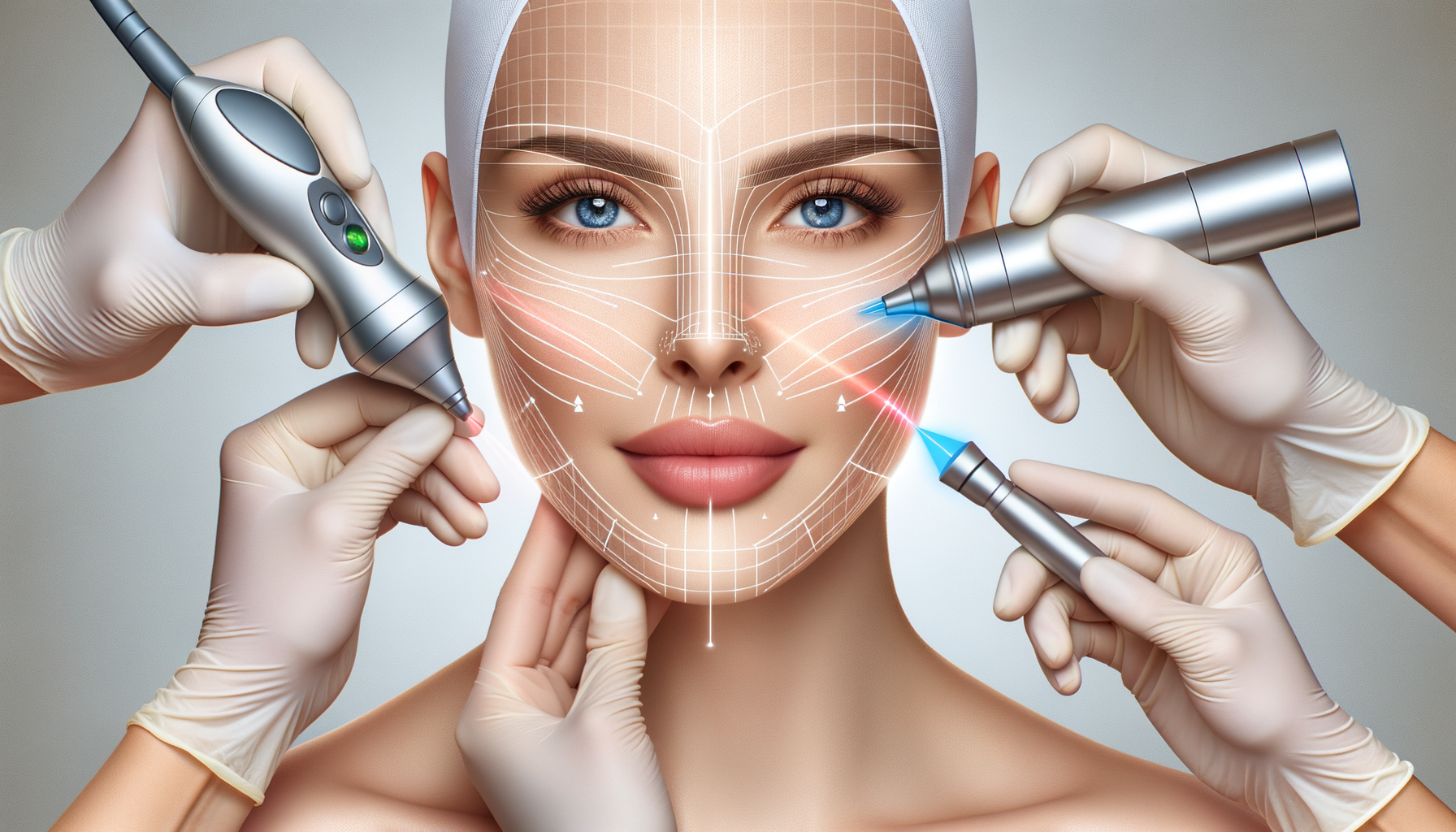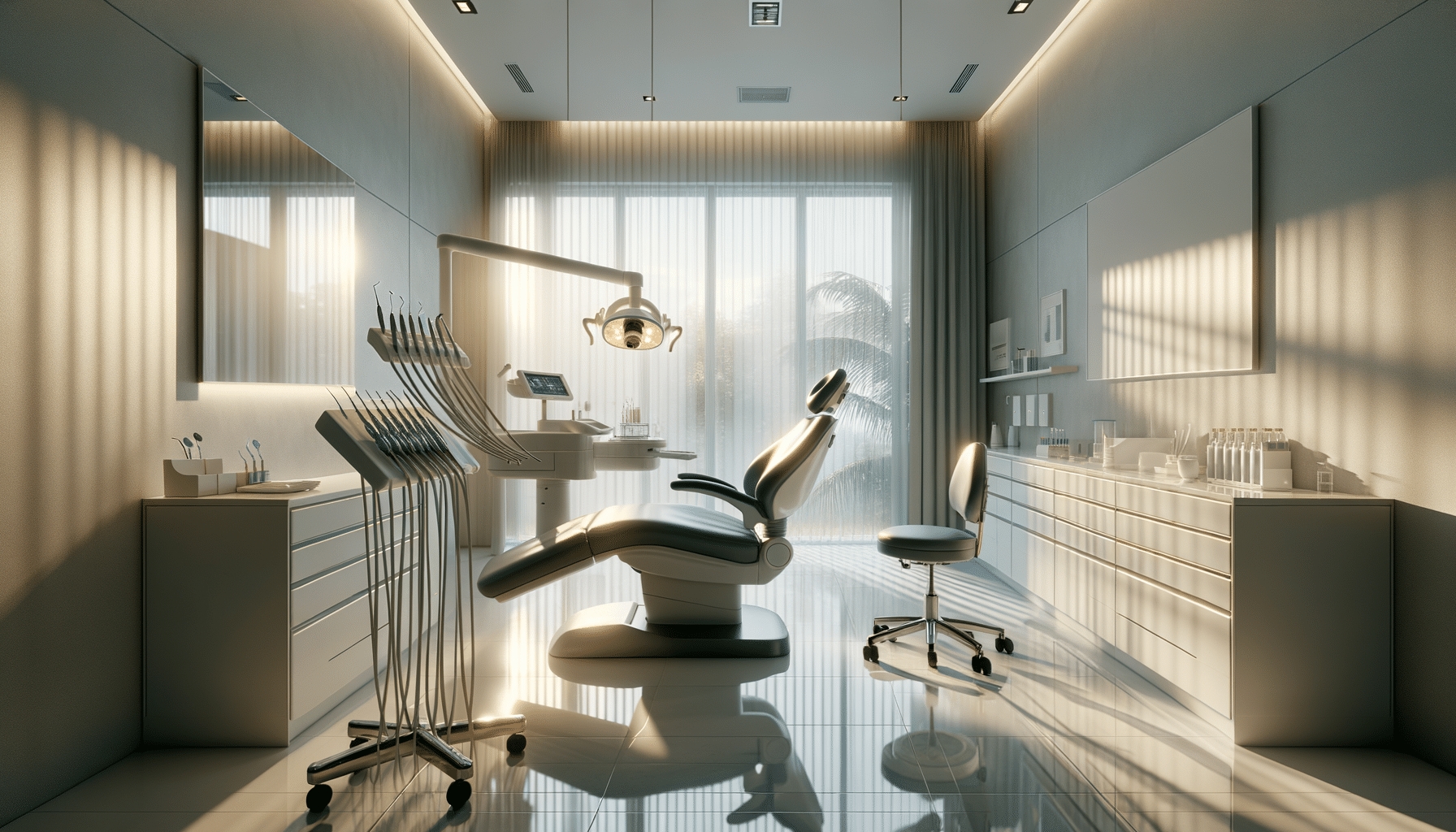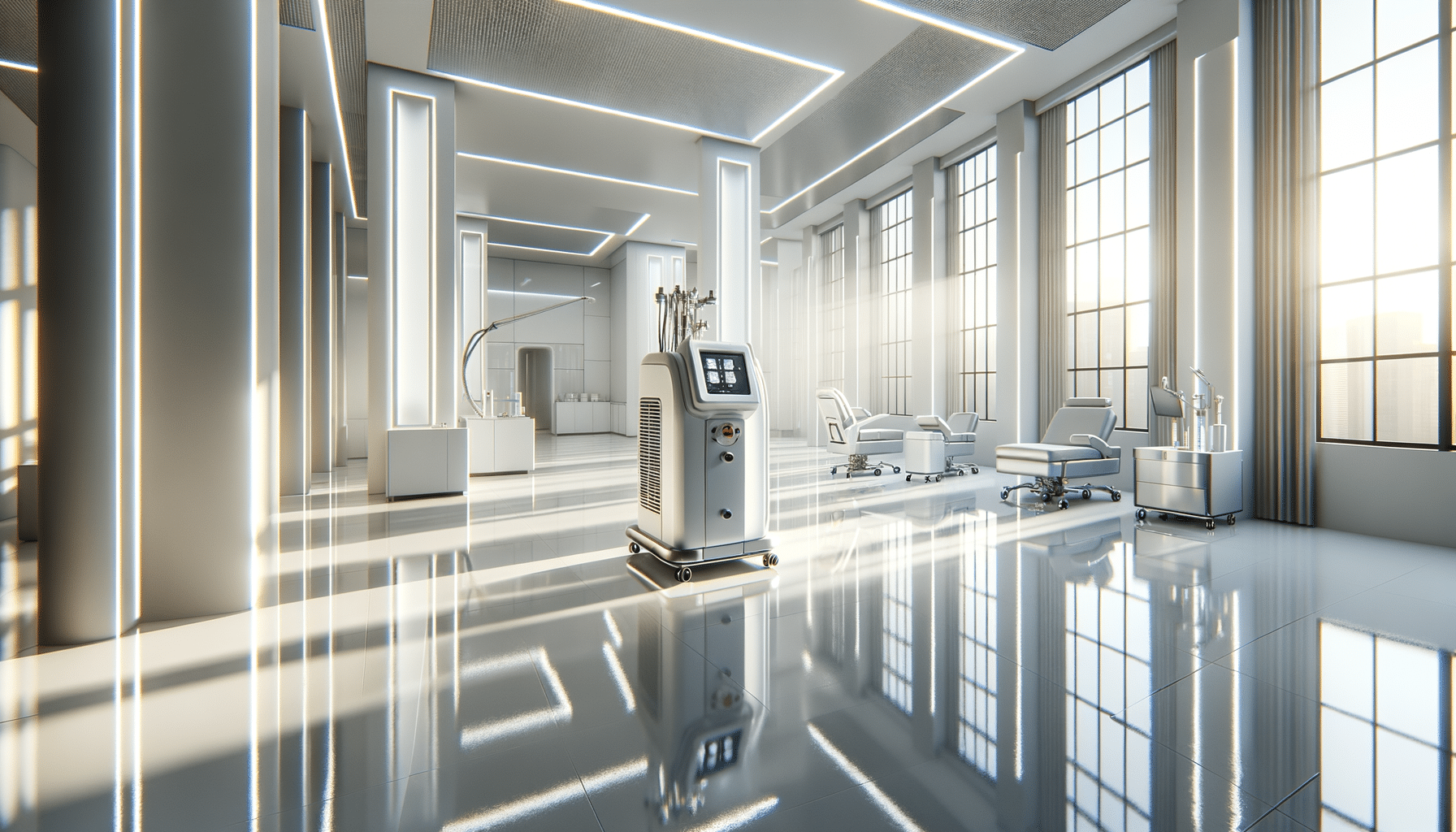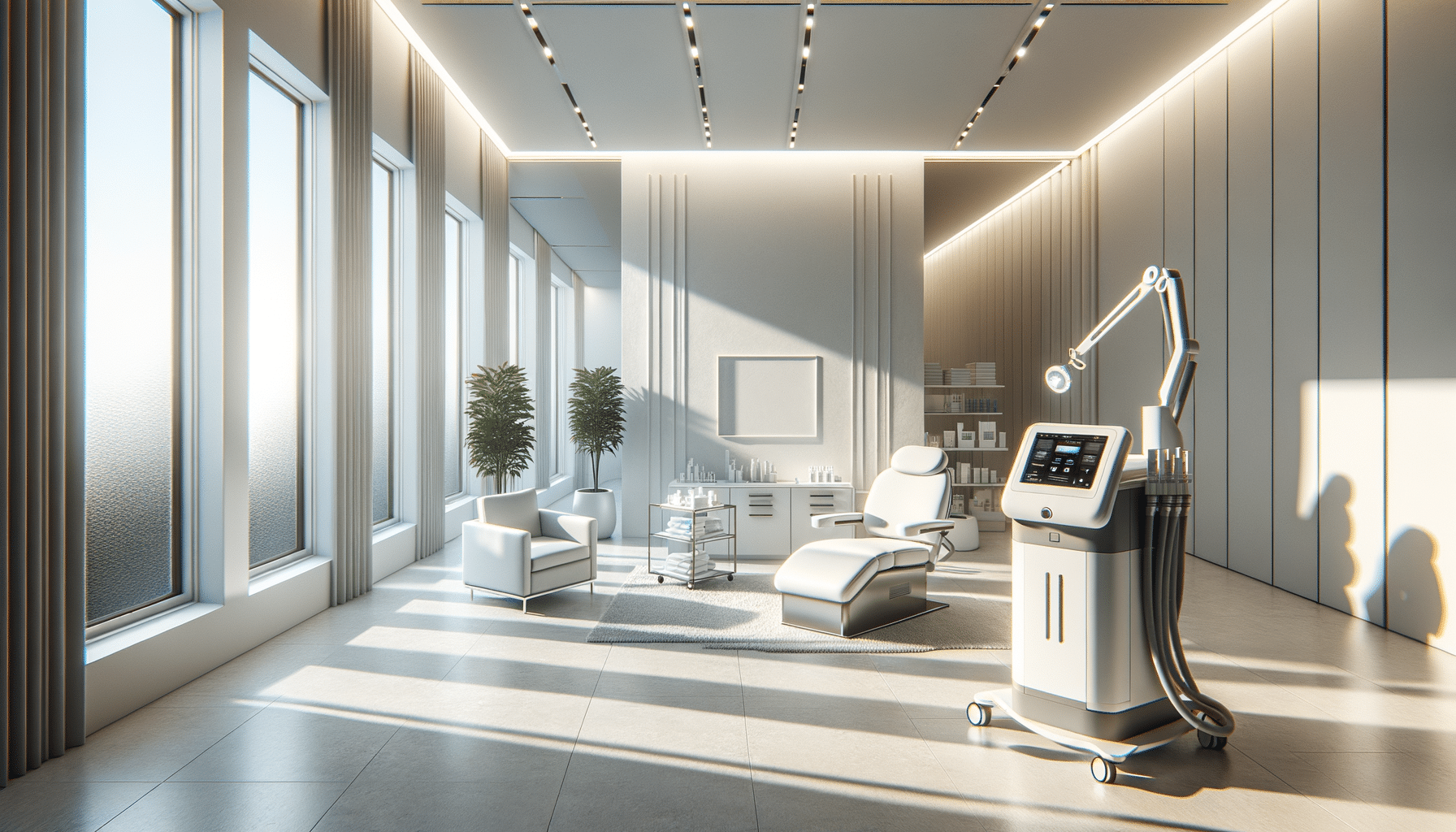
Non Invasive Laser Facelift Treatments Explained
Understanding Laser Treatment for the Face
Laser treatment for the face has gained significant popularity as a non-invasive method to improve skin texture, tone, and overall appearance. This technology utilizes concentrated light beams to penetrate the skin layers, targeting specific areas for desired outcomes. The versatility of laser treatments makes them suitable for addressing various skin concerns, such as wrinkles, age spots, and acne scars.
There are several types of laser treatments available, each serving a unique purpose. Some of the most common include:
- Ablative lasers: These lasers remove the outer layers of the skin, promoting new skin growth and collagen production.
- Non-ablative lasers: These penetrate deeper into the skin without removing the top layer, stimulating collagen and tightening the skin.
- Fractional lasers: These create micro-injuries in the skin, encouraging natural healing processes to improve skin texture and tone.
The choice of treatment depends on individual skin type, condition, and desired results. Consulting a qualified dermatologist or skincare professional is crucial to determine the most suitable laser treatment for your needs.
The Benefits of Laser Facelift Treatments
Laser facelift treatments offer numerous benefits that appeal to individuals seeking to rejuvenate their appearance without undergoing invasive surgery. One of the primary advantages is the minimal downtime associated with these procedures. Unlike traditional facelifts, laser treatments allow patients to resume daily activities swiftly, often within a day or two.
Additionally, laser treatments are known for their precision and ability to target specific skin issues without affecting surrounding areas. This targeted approach ensures that the treatment is effective and reduces the risk of complications. Furthermore, laser treatments stimulate collagen production, which is vital for maintaining skin elasticity and firmness. As a result, patients often experience a noticeable improvement in skin texture and a reduction in fine lines and wrinkles.
Moreover, laser treatments can address a range of skin concerns, including:
- Sun damage and pigmentation issues
- Acne scars and blemishes
- Uneven skin tone
- Enlarged pores
These benefits make laser facelift treatments an attractive option for those looking to enhance their skin’s appearance and achieve a more youthful look.
Potential Risks and Considerations
While laser facelift treatments are generally considered safe, it is essential to be aware of potential risks and considerations. As with any cosmetic procedure, there are inherent risks, including redness, swelling, and temporary discomfort following the treatment. These side effects are typically mild and subside within a few days.
In rare cases, more severe complications such as scarring, infection, or changes in skin pigmentation may occur. To minimize these risks, it is crucial to choose a reputable and experienced practitioner. A thorough consultation before the procedure can help determine if you are a suitable candidate for laser treatment and set realistic expectations.
It is also important to follow post-treatment care instructions diligently. This may include avoiding sun exposure, using specific skincare products, and attending follow-up appointments to monitor progress. By adhering to these guidelines, patients can enhance the effectiveness of the treatment and reduce the likelihood of adverse effects.
Comparing Laser Treatments to Other Facial Rejuvenation Options
When considering facial rejuvenation, it is beneficial to compare laser treatments with other available options. One alternative is dermal fillers, which involve injecting substances to plump the skin and reduce wrinkles. While fillers provide immediate results, they are temporary and require regular maintenance.
Another option is chemical peels, which use acids to exfoliate the skin and improve its appearance. Chemical peels can effectively address pigmentation issues and fine lines, but they may not be suitable for all skin types and can require significant downtime, depending on the peel’s strength.
Microdermabrasion is a less invasive option that involves exfoliating the skin’s surface to improve texture and tone. Although it is a gentler procedure, the results are often less dramatic compared to laser treatments.
Ultimately, the choice between these options depends on individual preferences, skin type, and desired outcomes. Laser treatments offer a balance of effectiveness, precision, and minimal downtime, making them a popular choice for many seeking facial rejuvenation.
Is Laser Treatment for the Face Right for You?
Deciding whether laser treatment for the face is right for you involves considering various factors, including your skin type, concerns, and lifestyle. Laser treatments are particularly beneficial for individuals with signs of aging, sun damage, or acne scars who desire non-invasive solutions.
If you have realistic expectations and are committed to following post-treatment care, laser treatments can offer significant improvements in skin appearance. It is crucial to consult with a qualified skincare professional to assess your suitability and discuss potential outcomes.
Consider your lifestyle and willingness to adhere to any necessary downtime or aftercare. While laser treatments typically involve minimal downtime, some individuals may experience temporary redness or swelling, which should be accounted for in your schedule.
Ultimately, laser treatment for the face can be a valuable investment in your skin’s health and appearance, offering a path to rejuvenation and confidence without the need for invasive procedures.


